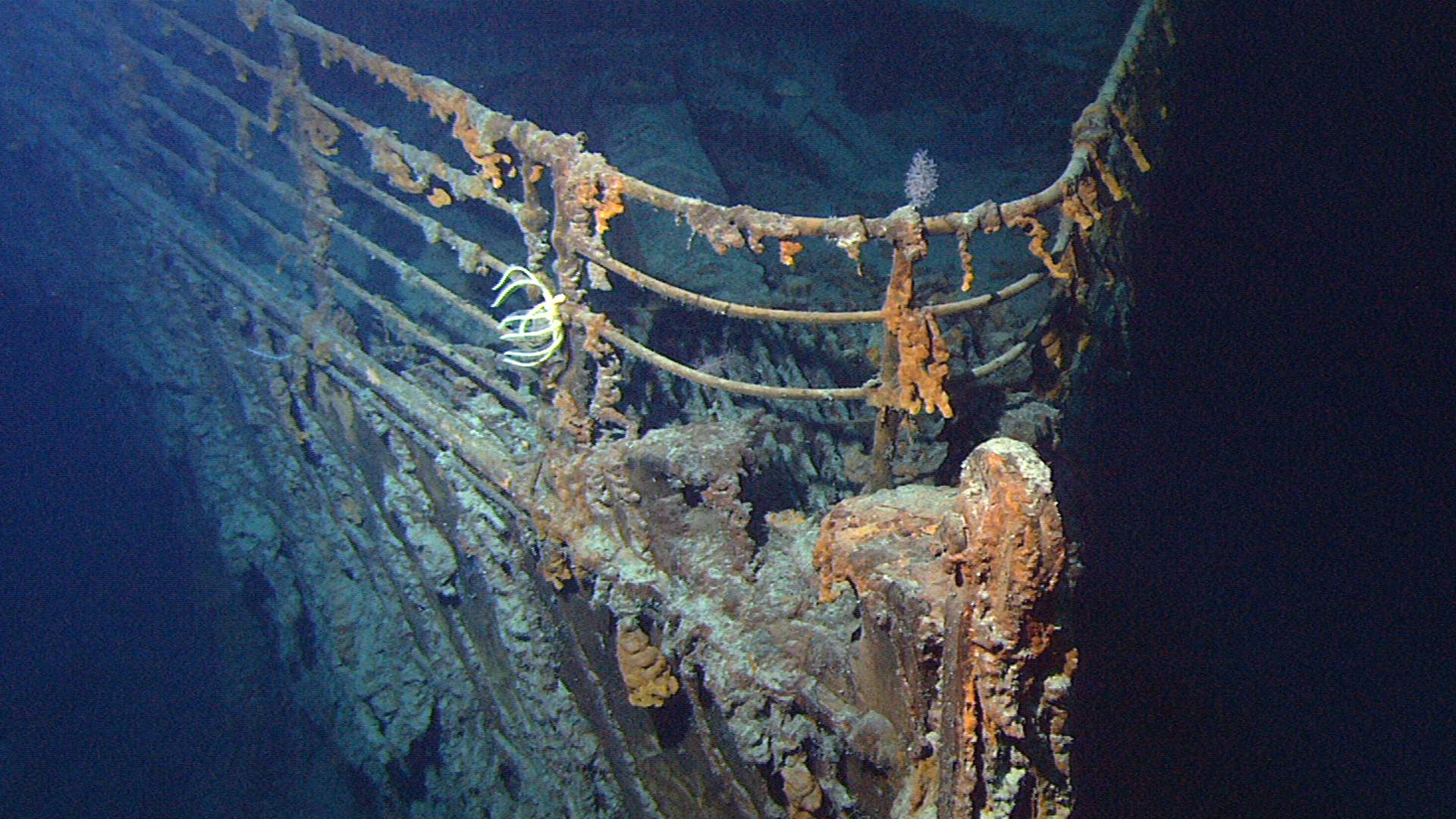James Cameron: Challenging the Deep
The filmmaker is premiering his immersive deep sea exhibition in Sydney.
Overview
He turned the world's most famous shipwreck into one of biggest movies in history and reinvented 3D filmmaking to make another box office behemoth — and now James Cameron is bringing the ocean's depths to Sydney. Making its world premiere at Sydney's Australian National Maritime Museum from May 29, 2018 until January 30, 2019, James Cameron: Challenging the Deep will dive deep into the Titanic and Avatar director's rather expensive hobby: deep-sea exploration.
When you make a movie about a necklace called the Heart of the Ocean, becoming obsessed with the sea is understandable, and Cameron has quite the array of artefacts, specimens, underwater recordings, inventions, cinema-scale projections, and film props and costumes to prove it. They'll all be on display, in a showcase that examines the filmmaker's passion for understanding and wading through our oceans.
According to the The Sydney Morning Herald, Cameron himself will be in attendance to open the exhibition — taking a break from making four (yes, four) Avatar sequels. And if you're wondering why he's launching his latest project here, it could have something to do with his custom-built Deepsea Challenger submersible, which was made in Sydney. Back in 2012, Cameron piloted the vessel to the Mariana Trench, a cool 10,994 metres below the sea and also the deepest part of the ocean, becoming the first person to venture there solo.
You might've seen a documentary about his efforts, 2014's Deepsea Challenge 3D, which is just one of the many movies to chart his fascination with what lurks beneath. After kicking things off with 1989's The Abyss, he not only sent Kate Winslet and Leonardo DiCaprio running around the RMS Titanic, but made his own documentary about exploring its real-life ruins, aka 2003's Ghosts of the Abyss. Expect The Abyss and Titanic to feature heavily in the exhibition.
Image:NOAA/Institute for Exploration/University of Rhode Island via Wikimedia Commons.





